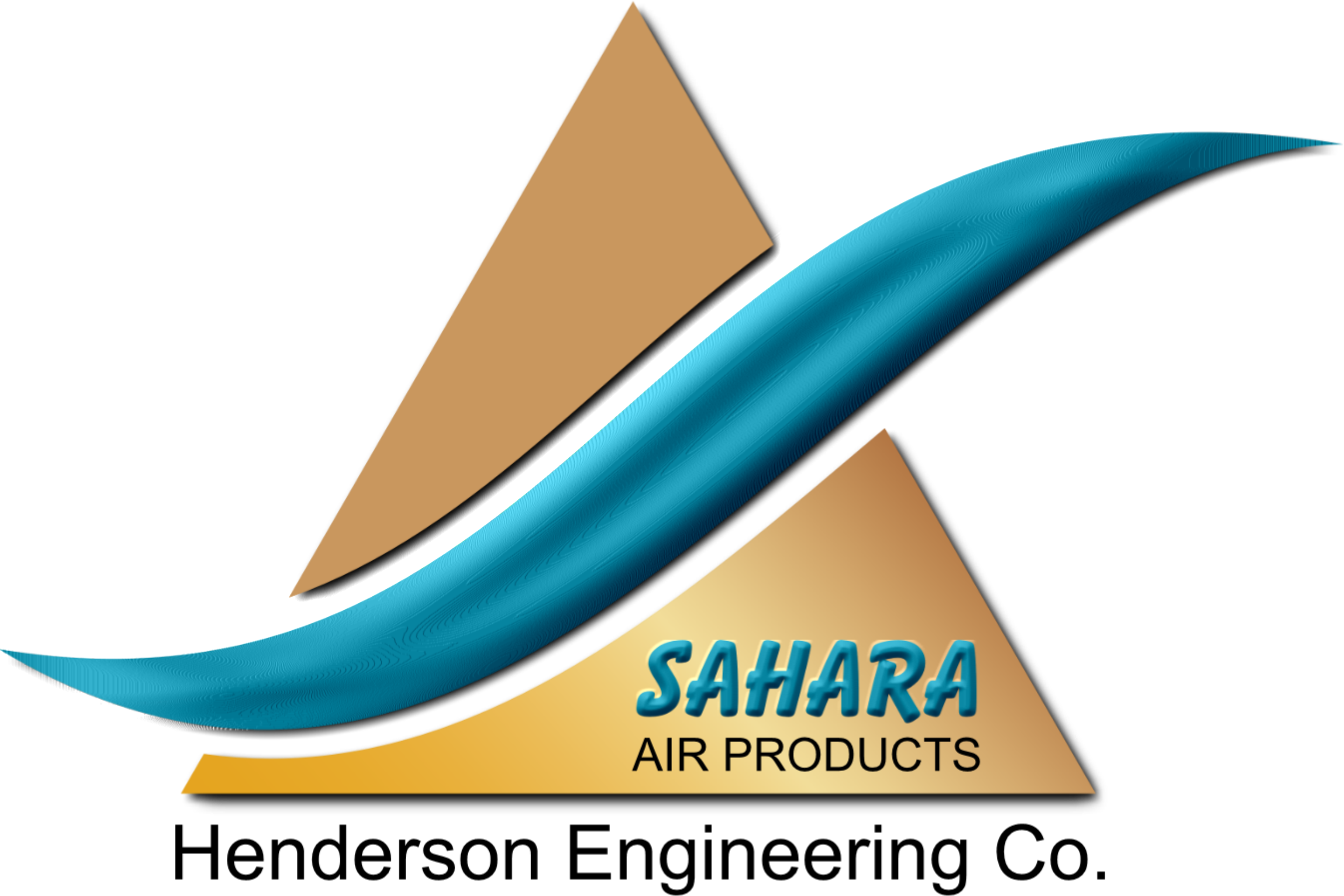Frequently Asked Questions
General Questions
Why do companies buy air dryers?
There are several different answers to this question, just as there are several different types of dryers. Dryers are used to remove moisture from compressed air so that tools, instruments, and machinery will work properly. If water is not removed from compressed air, you can have frozen outdoor air lines and corrosion in valves, instruments, and tools. It is less expensive to buy a dryer than to live with the problems caused by wet air.
How dry does my air have to be?
There are several different applications for air dryers; process air, plant air, instrument air, and frequently each application requires a different dew point. The major consideration in air dryer selection is the degree of dryness required. Because the system is under pressure, pressure dew point determines the degree of dryness.
Typically, for most plant and instrument air applications, moisture is not a problem as long as it does not condense into liquid. This means that we should select a dryer that will deliver a dewpoint 15 degrees below the lowest ambient temperature the air distribution system will encounter in service. To lower the dew point any further requires unnecessarily expensive equipment and raises operating costs dramatically. Over-specifying a required dew point only results in unnecessary expense, not added protection.
What is a major cause of downtime in compressed air systems?
Condensed water is still a major cause of downtime in compressed air systems. Air quality which was good enough for the old hand-controlled valves or wide-tolerance air tools is just not dry enough when used in today’s sophisticated air systems. Water causes rust, pitting, blockages, and freeze-ups, with resultant component failure and product rejection. The only way to prevent condensation of water in air lines is to lower the dew point of the air in the system. This can be done by installing an air dryer after the compressor. It is less expensive to own and operate an air dryer than it is to live with the problems it can prevent. Drying compressed air doesn’t cost…it saves.
What are the different types of regenerative air dryers?
There are two basic types of Regenerative dryers; Heatless and Heat Reactivated. There are several types of Heat Reactivated dryers; Exhaust Purge, Blower Purge, Closed System, Split Stream, and Heat-of-Compression.
How does a regenerative air dryer operate?
A regenerative dryer consists of two towers filled with a regenerable type desiccant and valves that allow air to be switched back and forth between the two towers. While one tower is onstream drying the air, the other tower is being regenerated. The difference between regenerative dryers is the method used to regenerate the desiccant.
Heat-of-Compression
Energy savings. The Heat-of-Compression dryer does not consume energy to regenerate its desiccant. By utilizing the normally wasted Heat-of-Compression to regenerate. All other types of regenerative dryers were designed to follow the compressor aftercooler, wasting the heat generated through the compression process. The Heat-of-Compression dryer uses this free source of energy, eliminating the cost of drying air. In 1974, Sahara Air Products developed and patented the Heat-of-Compression air dryer. In development for nearly ten years, Joe and Terry Henderson developed one of the most significant equipment designs ever for drying compressed air. The model, known as the Sahara-Pak, has become our most popular dryer. Now, with thousands of Sahara-Pak air dryer installations all over the world, our customers are drying over 40 billion cubic feet every day, for free. Yes. There are two heat-of-compression air dryer designs. We originally offered only the Sahara-Pak Model SP and later determined that a few of our customers could not tolerate the dew point spike of any dryer and, to solve their problems economically, we developed the Sahara-Pak Model HC. Customers now have the choice of Sahara-Pak air dryers; either the SP model which has a dew point spike or the HC model that includes a stripping and cooling cycle to eliminate dew point spikes. A dew point spike is a sudden rise in dew point that occurs during tower shift. Many regenerative dryers have dew point spikes; in fact, most Blower Purge dryers have dew point spikes, as well as do most Exhaust Purge dryers. The spike from these dryers is usually higher and lasts longer than the spike from the Sahara-Pak. Also, the spike is most noticeable right at the dryer outlet. If you measure dew point further downstream, you will see that the spike is dampened and only results in a minor dew point bump. We are not aware of any customer who has experienced any moisture problems due to a dew point spike; it is a phenomenon that causes concern, not damage. Yes. The HC model is a true process dryer. Given the proper operating conditions, it can deliver extremely low dew points with virtually no operating cost. The HC design provides a constant dew point without temperature or dew point bumps. The HC includes a cooling and stripping cycle and delivers the highest performance of any dryer. The HC design delivers pressure dew points in the -40 degree F to -100 degree F pressure dew point, depending on the operating conditions. All Heat-of-Compression dryers can only be used with an oil-free compressor; they cannot be used with a lubricated compressor. Because we use the heat-of-compression to regenerate the desiccant, the air dryer must be located reasonably close to the compressor. The dew point out of the air dryer varies with the ambient conditions and, therefore, cannot deliver a constant year-round dewpoint. Pipe between the compressor final stage discharge and the Heat-of-Compression air dryer should be insulated to minimize heat loss. If the compressor does not supply enough heat to provide a low dew point, a small booster heater may be required. What are the benefits of the Heat-of- Compression dryer?
How does the Heat-of-Compression dryer save energy?
Who developed the heat-of-compression air dryer technology?
Does Sahara offer two types of Heat-of-Compression air dryers?
What is dew point spike?
Will the dew point be lower with the model HC?
Are there any restrictions to consider before purchasing a Heat-of-Compression air dryer?

